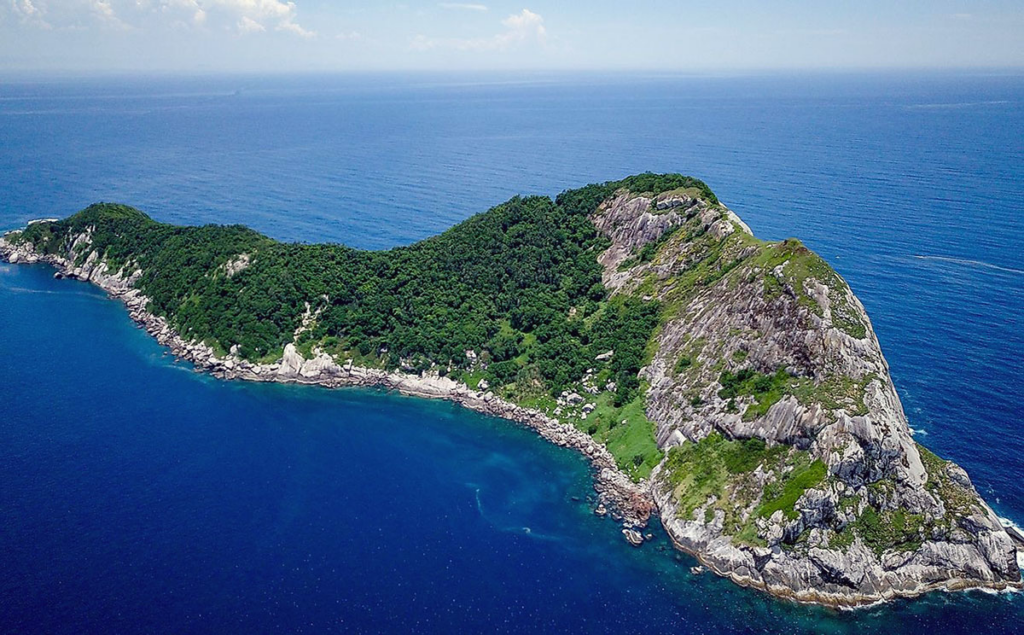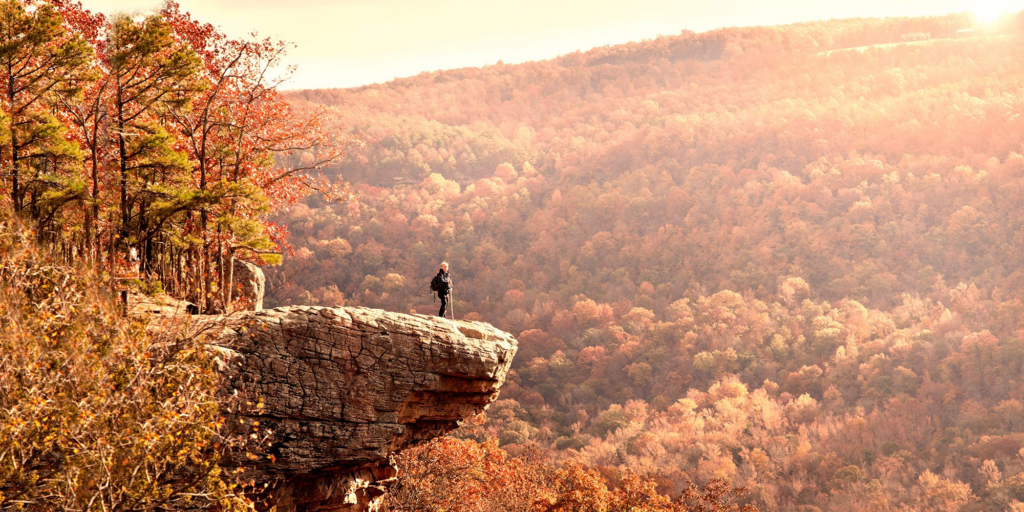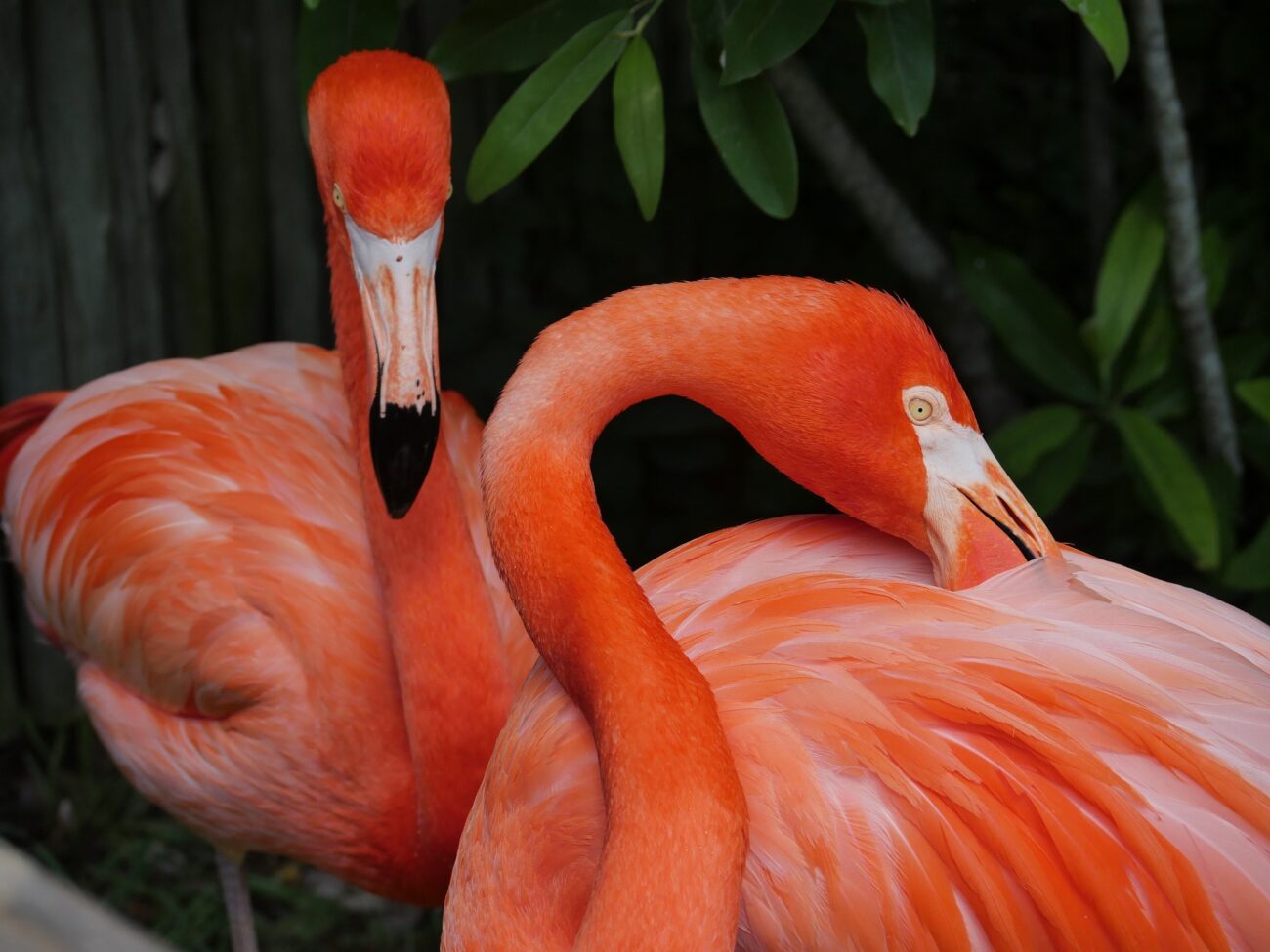Traveling is a thrilling adventure, but some destinations come with a hefty dose of danger. From perilous hikes to treacherous roads, these attractions are not for the faint of heart. Here’s a look at the 20 most dangerous tourist spots around the globe that will make your heart race.
21. Mount Huashan

Mount Huashan in China is famous for its Plank Walk, which is often labeled as one of the most dangerous hikes in the world. Hikers traverse narrow wooden planks bolted to the side of a 7,000-foot peak, all while harnessed for safety. Despite the harnesses, the sheer drop and the height can be terrifying. This sacred mountain is a popular pilgrimage site, attracting thrill-seekers and spiritual travelers alike.
20. Death Valley

Death Valley is known for its extreme temperatures, holding the record for the highest temperature ever recorded on Earth at 134°F. This stunning desert landscape can be unforgiving, with visitors needing to be cautious about hydration and heat exposure. Without water, survival is limited to just 14 hours. The beauty of the valley is undeniable, but it’s a harsh reminder of nature’s power.
19. Hiking Trolltunga

Trolltunga, or the Troll’s Tongue, is a breathtaking rock formation in Norway that offers stunning views but comes with significant risks. The hike takes about 7 to 10 hours, and the trail can be challenging, with steep drops and rugged terrain. Tragically, a 24-year-old Australian woman lost her life here, highlighting the dangers of this popular destination. Despite the risks, many still flock to experience the thrill of standing on the edge.
18. Devil’s Pool – Victoria Falls

Devil’s Pool is a natural infinity pool located at the edge of Victoria Falls, one of the largest waterfalls in the world. Tourists swim perilously close to the edge, held back only by a slippery rock lip. The thrill of being so close to the falls is enticing, but it’s also incredibly dangerous. In 2009, a tour guide tragically lost his life while trying to rescue a tourist, underscoring the risks involved.
17. Death Road

Known as Death Road, this treacherous route in Bolivia is infamous for its perilous conditions. The 43-mile switchback road is narrow, often shrouded in fog, and has steep cliffs that drop 2,000 feet. With multiple memorials marking the spots where drivers have perished, it’s no wonder this road has earned its grim nickname. Each year, nearly 300 drivers lose their lives here, making it a place of both beauty and danger.
16. Yosemite National Park

Yosemite National Park is a stunning natural wonder, but it’s also a site of numerous accidents. With an average of 12 to 15 fatalities each year, visitors must be cautious. The park’s wilderness can be unpredictable, and the excitement of exploring can sometimes cloud judgment. It’s a reminder that nature, while beautiful, can also be deadly.
15. El Caminito del Rey

El Caminito del Rey in Spain is known as one of the most dangerous hiking trails in the world. With narrow paths and no handrails, it’s a heart-pounding experience for those brave enough to attempt it. Originally built for workers, the trail fell into disrepair, making it even more hazardous. Despite its dangers, it has become a popular spot for thrill-seekers and adventurers.
14. Trift Bridge

Trift Bridge is a suspension bridge in the Swiss Alps that offers breathtaking views but also a fair share of fear. Suspended 330 feet above the valley floor, it stretches 560 meters in length. While it’s a marvel of engineering, the height can be daunting for those with a fear of heights. The bridge was built to access a hydroelectric plant, but it’s not as dangerous as some other attractions on this list.
13. Mount Everest

Climbing Mount Everest is a dream for many, but it’s also one of the most dangerous pursuits. With a fatality rate of 6.5%, climbers face numerous hazards, including avalanches and extreme altitude sickness. Many climbers underestimate the challenges, leading to tragic outcomes. The allure of reaching the top is strong, but the risks are very real.
12. Kokoda and Black Cat Trails

The Kokoda and Black Cat Trails in Papua New Guinea are known for their challenging terrain and historical significance. The 58-kilometer trek is filled with dangerous river crossings and steep cliffs. Australian soldiers have described the Black Cat Track as one of the hardest they’ve ever encountered. It’s a trek that tests both physical and mental limits.
11. Hawaiian Volcanoes National Park

Hawaiian Volcanoes National Park is a unique destination where visitors can witness the power of nature. However, the park is also home to dangerous volcanic gases and unstable crater edges. The Kilauea volcano poses risks of explosions and toxic fumes, making it essential for visitors to heed safety warnings. The beauty of the park is matched only by its potential hazards.
10. Mont Blanc

Mont Blanc, located in the Alps, is a high-altitude mountain that presents numerous dangers. Climbers face risks from ice falls, avalanches, and altitude sickness. The combination of these factors makes it a challenging climb, even for experienced mountaineers. Tragically, lives have been lost on this majestic mountain, reminding us of the risks involved in such pursuits.
9. Jacob’s Well

Jacob’s Well in Texas is a popular swimming spot, but it’s also claimed several lives. The cave system beneath the surface can be treacherous, with narrow passages that can trap divers. At least nine people have died here, making it a place of both beauty and danger. Visitors should be aware of the risks before diving into its depths.
8. Heaven’s Gate

Heaven’s Gate is a stunning destination located at the top of Tianmen Mountain in China. The 999 steps leading to Tianmen Cave offer breathtaking views but also present a physical challenge. Visitors can take a cable car or brave the steps, but either way, the height can be intimidating. It’s a place that combines natural beauty with the thrill of adventure.
7. The Danakil Desert

The Danakil Desert in Ethiopia is known for its extreme conditions, including toxic gases and high temperatures. Visitors can only stay in certain areas for short periods due to the lack of breathable air. The desert is a harsh environment, and non-essential travel is discouraged. It’s a place that showcases the extremes of nature, but it’s not for everyone.
6. Cave of Swallows

The Cave of Swallows in Mexico is the largest known cave shaft in the world, measuring 994 feet wide and over 1,200 feet deep. It’s a popular spot for base jumping, but it’s also incredibly dangerous. In 2003, a base jumper survived a harrowing fall, but many have not been so lucky. The sheer drop and unpredictable conditions make it a risky adventure.
5. Snake Island

Snake Island, located off the coast of Brazil, is home to the golden lancehead snake, one of the deadliest snakes in the world. The island is isolated, and the snakes thrive in this environment, making it a dangerous place for humans. Visitors are strictly prohibited from setting foot on the island due to the risks involved. It’s a reminder of nature’s power and the dangers that can lurk in unexpected places.
4. Hawksbill Crag

Hawksbill Crag in Arkansas offers stunning views but can be dangerous if proper precautions aren’t taken. The hike is relatively easy, but the bluffs can be treacherous. Over the past five years, two people have died from falls, highlighting the risks. Parents are advised to keep children away from the edges to ensure safety.
3. Precipice Trail

The Precipice Trail in Acadia National Park is known for its steep climbs and iron rungs. The National Park Service discourages hiking this trail due to safety concerns. The two-way traffic on the cliffs can create dangerous situations, and accidents have occurred. It’s a beautiful area, but caution is essential for those who choose to explore it.
2. The Elephant Kingdom in Chonburi

The Elephant Kingdom in Thailand gained notoriety after a tragic incident where an elephant killed a tour guide. The attraction was shut down after disturbing images surfaced of tourists feeding crocodiles while precariously balanced on rafts. This incident highlights the dangers of interacting with wild animals in a tourist setting. It’s a stark reminder that not all attractions prioritize safety.
1. Grand Canyon National Park

Grand Canyon National Park is a breathtaking destination, but it also has its dangers. With 15 to 20 fatalities and 300 search and rescue incidents reported each year, visitors must be cautious. The most common causes of death include falls and environmental conditions. The beauty of the canyon is matched by the risks that come with exploring its depths.


















